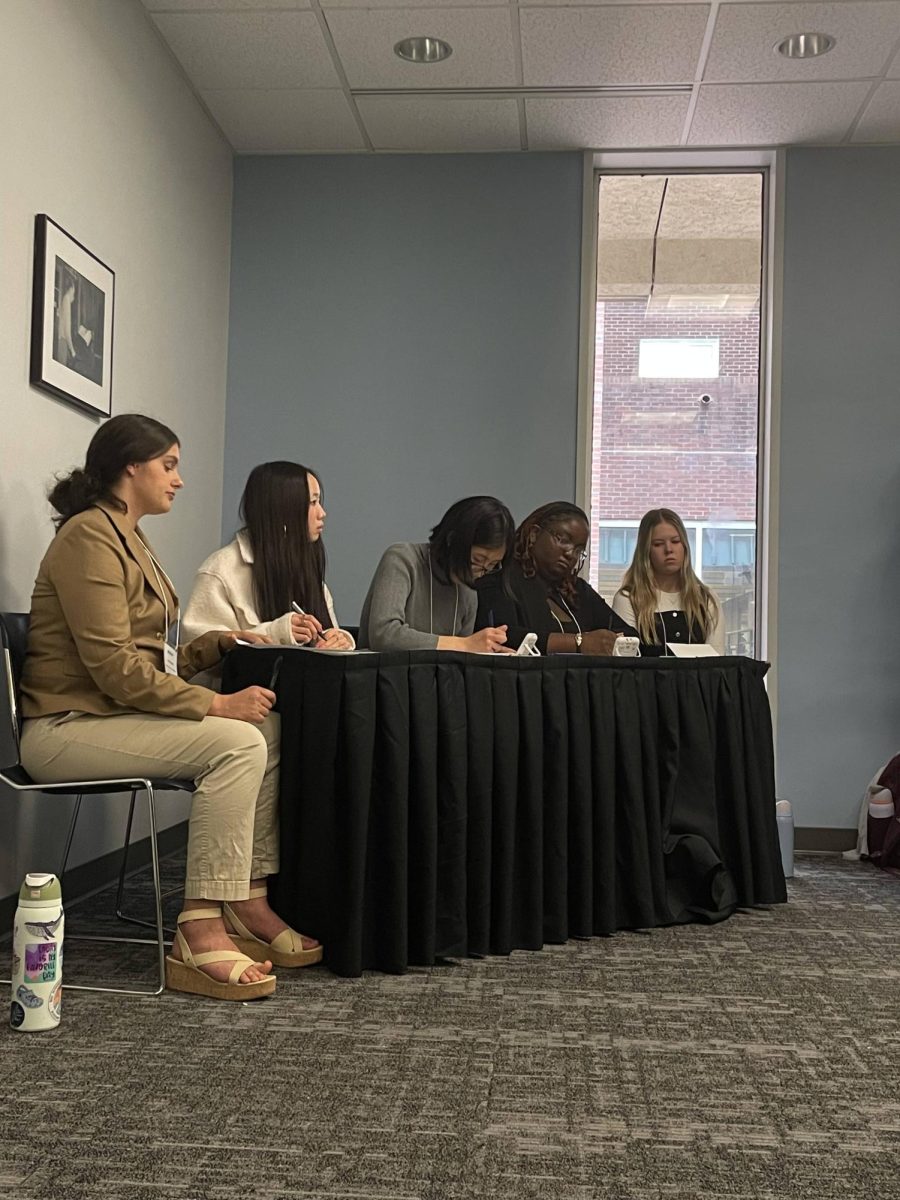Overseeing money as a high school student can be a daunting task requiring time and adequate saving and investing knowledge. Starting one’s journey to financial literacy can provide life-long benefits.
Many adolescents encounter adversity with their money, thus creating a worrying dependence on their parents to meet their financial needs. Hence, students neglect the fundamental aspects of independence: saving and investing their money. Without these skills, many are left wondering how they can achieve financial freedom.
To learn more about properly handling money, it is essential for students to understand the basics of saving.
In a research thesis conducted by Danika Ann Kieschnick at the University of Iowa State, some alarming numbers regarding teenagers’ spending habits were unraveled. “Unfortunately, with teenagers’ low levels of financial literacy come irresponsible financial behaviors. Fifty-six percent of teenagers consider themselves spenders rather than savers,” Kieschnick said.
With this in mind, it is within the best interest of many students to open up savings and checking accounts for little to no cost. This way, they can track their savings and spending without dealing with having to organize cash. Moreover, the introduction of a savings account tends to motivate people to create a budget for themselves.
A basic way to save money is the 50, 30, 20 rule. The goal is to spend 50 percent of a paycheck on needs, 30 percent on wants and 20 percent on savings. This way of budgeting can be a simple and effective way for high school students to begin responsibly saving their money.
Investing provides longevity and stability with finances. This way of manipulating the market authorizes the consistent maturation of money over time. A custodial Roth IRA is an after-tax retirement account that can be opened by people under the age of eighteen which allows for the continuous distribution of money into mutual funds, stocks and bonds.
Clint Pogemiller, President of Financial Services at Modern Woodmen of America, described the benefits of this account by saying, “For teenagers that have earned income (like from a part-time job), a Roth IRA can be a great idea. Contributions are made with after-tax money-but, most teens are in a very low tax bracket. Dollars compound tax-deferred and withdrawals for retirement may be tax-free, often when the individual is in a higher tax bracket. Again, be sure to talk with an adult or financial professional to better understand if this strategy is right for you.”
Investing is different for everyone and many factors play a role in the process.
Pogemiller explains, “There is no right investment for everyone. The best investment strategy accounts for your time horizon, important financial goals and risk tolerance,” he said. Saving and investing money has exponential benefits and beginning early can put one ahead of the game for the rest of their life.










Max Vanderschaaf • Sep 9, 2021 at 10:19 am
I loved reading this article. As someone who attempts to use the 50-30-20 rule, I find it hard to do this all the time. When we find things we want, we often tend to buy them if we have the money. Saving at a young age is a great benefit for the future and I hope this idea travels to lots of teens.